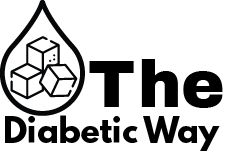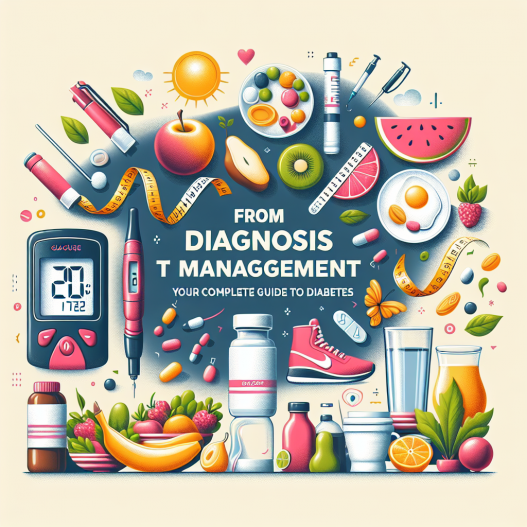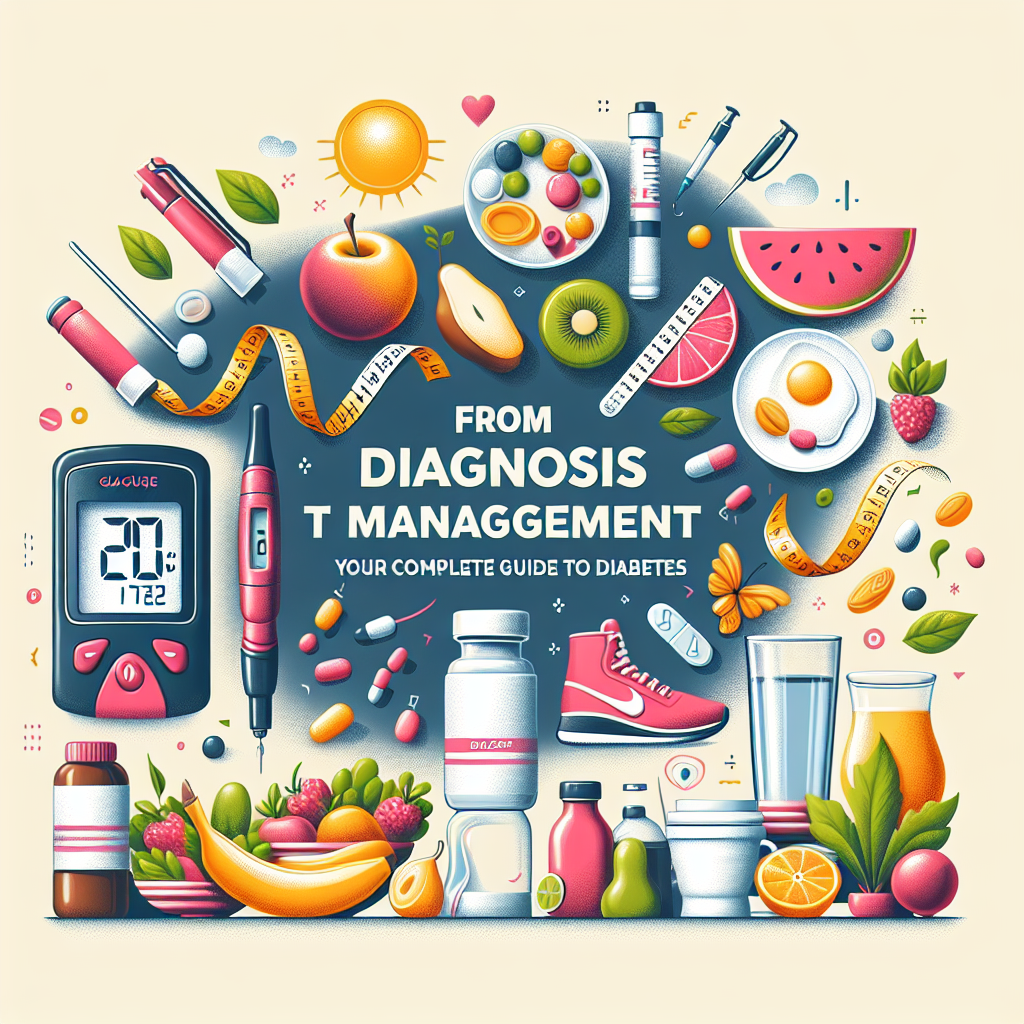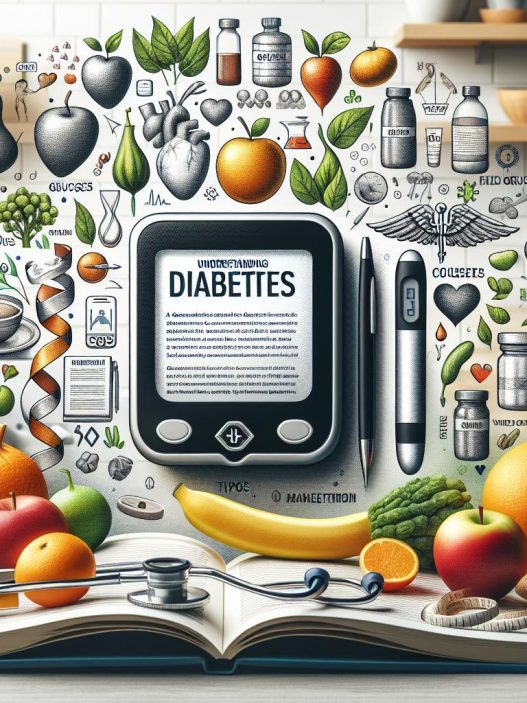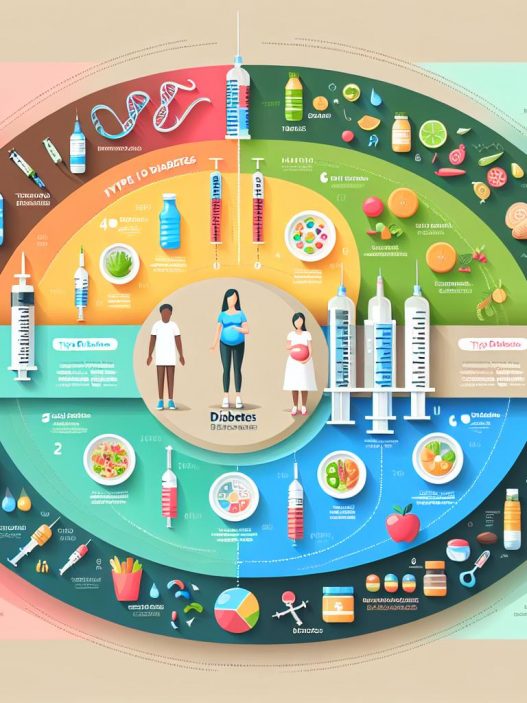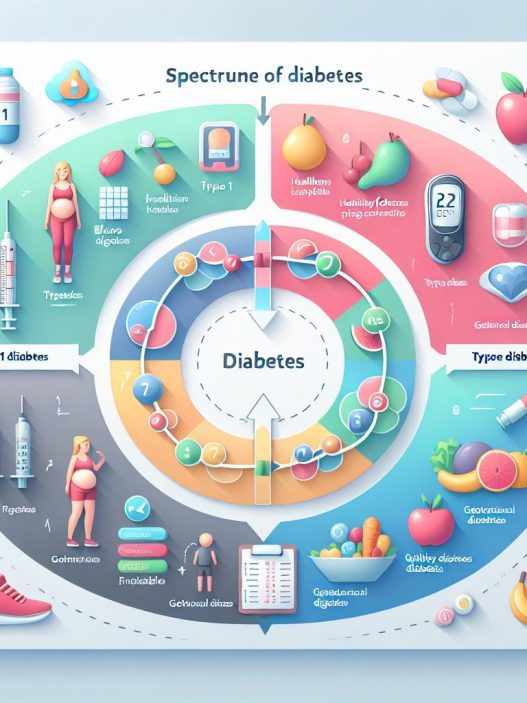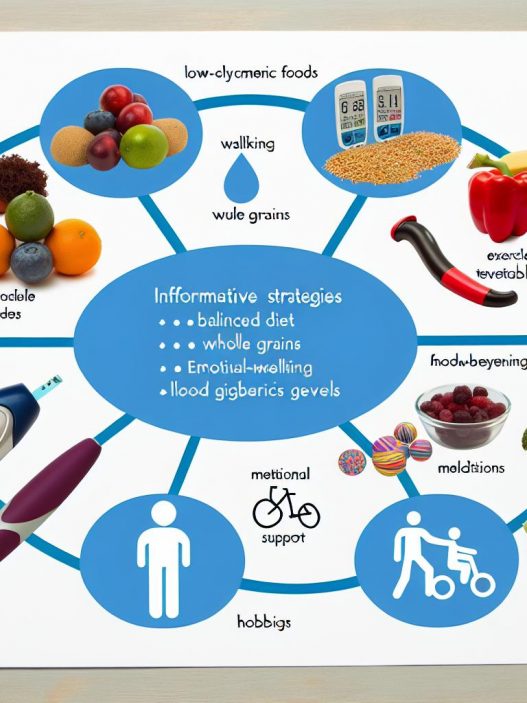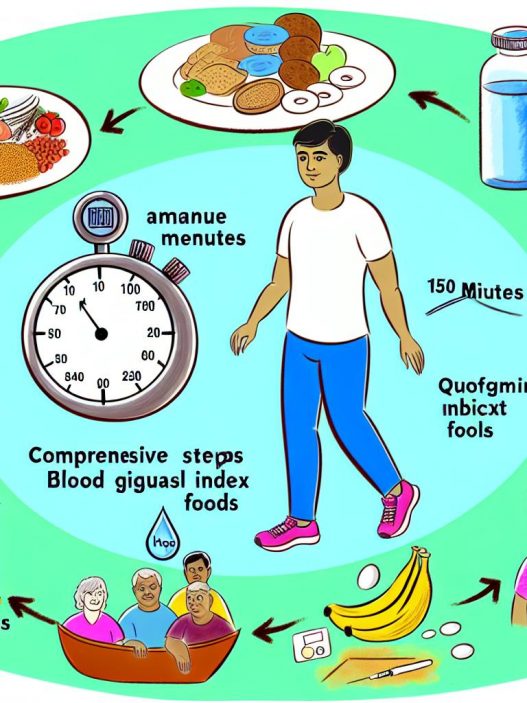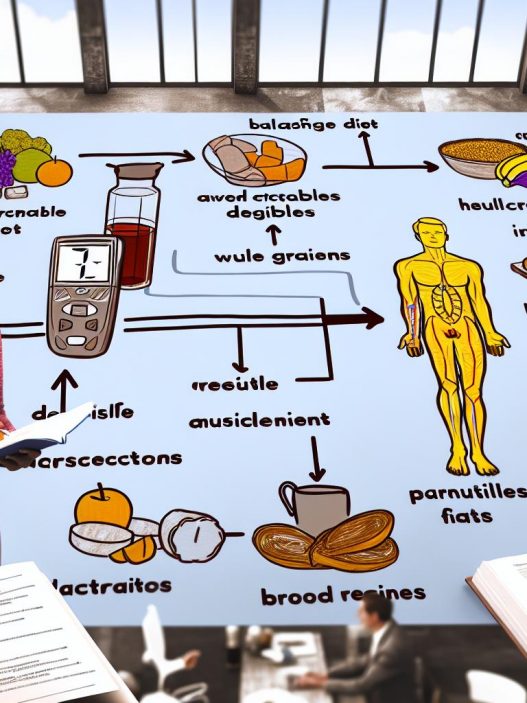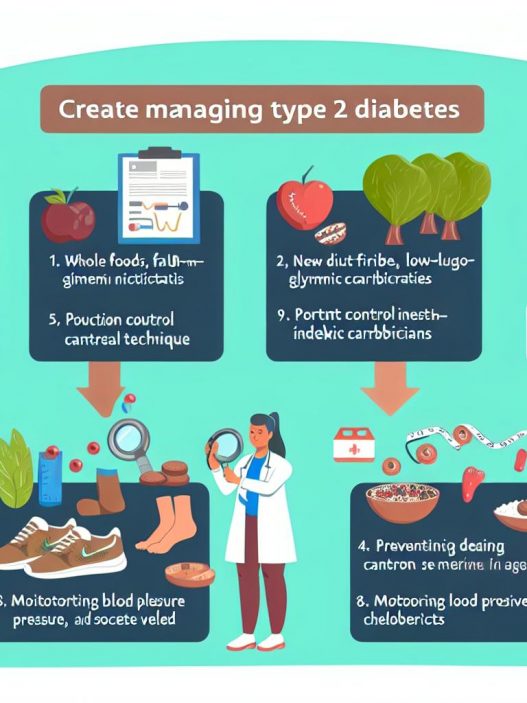[ad_1]
Diabetes is a chronic condition that affects millions of people around the globe, and understanding it is crucial for managing health effectively. Whether you are newly diagnosed or seeking to enhance your knowledge about diabetes management, this comprehensive guide will navigate you through the complexities of diabetes—from its diagnosis to effective management strategies. By the end, you will have a clearer understanding of what diabetes entails and how to lead a healthier life.
Understanding Diabetes: Types, Causes, and Risk Factors
Diabetes is primarily classified into three main types: Type 1, Type 2, and gestational diabetes, each with distinct causes and effects. Type 1 diabetes is an autoimmune condition that occurs when the body’s immune system mistakenly attacks insulin-producing beta cells in the pancreas. This type typically manifests in childhood or early adulthood, leading to a lifelong dependency on insulin. Type 2 diabetes, on the other hand, is characterized by insulin resistance, where the body fails to use insulin effectively. This type is more prevalent and usually associated with obesity, age, and lifestyle factors. Gestational diabetes occurs during pregnancy and usually resolves after childbirth, yet it can increase the risk of developing Type 2 diabetes later in life.
Understanding the causes of diabetes is vital in preventive measures. Factors contributing to Type 2 diabetes include insufficient physical activity, poor dietary choices, and genetic predisposition. Notably, lifestyle factors such as stress and lack of sleep can also elevate blood sugar levels. It’s essential to recognize the risk factors—such as age, ethnicity, and medical history—to facilitate early diagnosis and tailored management strategies.
Recognizing the Symptoms: Early Detection of Diabetes
Early detection of diabetes can significantly impact long-term health outcomes. Common symptoms of diabetes include increased thirst, frequent urination, extreme fatigue, blurred vision, and slow-healing sores. Each of these symptoms is directly linked to high blood sugar levels and should not be overlooked. Awareness of these symptoms is crucial not only for those with a family history of diabetes but also for anyone leading a lifestyle that may predispose them to the disease.
Additionally, unexplained weight loss can be a significant indicator, particularly in Type 1 diabetes. The body begins to use fat and muscle for energy when it cannot utilize glucose due to insulin deficiency. For anyone experiencing a combination of the symptoms mentioned above, seeking medical attention is imperative. Early intervention can lead to effective management and help prevent complications associated with uncontrolled diabetes.
The Diagnosis Process: Tests and Evaluations
When diabetes is suspected, healthcare professionals employ various tests to confirm the diagnosis. One of the most common tests is the Fasting Blood Sugar Test, which measures blood glucose levels after an overnight fast. A level of 126 mg/dL or higher indicates diabetes. Another significant test is the Oral Glucose Tolerance Test (OGTT), which evaluates blood sugar levels after fasting and then two hours after consuming a glucose-rich drink. A level of 200 mg/dL or higher at the two-hour mark is indicative of diabetes.
In addition, the A1C test gives an overview of a person’s average blood sugar levels over the past two to three months. An A1C of 6.5% or higher confirms a diabetes diagnosis. It’s essential to discuss with healthcare providers which tests are most appropriate, as they may consider individual risk factors and present symptoms for an accurate diagnosis. Understanding the diagnosis process empowers individuals to seek timely medical advice, thus promoting early intervention and better management outcomes.
Managing Diabetes: Lifestyle and Dietary Changes
Once diagnosed, effective management of diabetes revolves around lifestyle and dietary changes. Nutrition plays a crucial role in regulating blood sugar levels. Patients should aim for a well-balanced diet rich in whole grains, lean proteins, and healthy fats while minimizing processed foods and sugary beverages. Counting carbohydrates can help manage blood sugar spikes, making it necessary to understand portion sizes and food labels.
Incorporating physical activity into daily routines can also greatly benefit diabetes management. Regular exercise enhances insulin sensitivity, allowing the body to use glucose more efficiently. It doesn’t require intense workouts; even moderate activities, such as walking, swimming, or cycling, can produce significant positive effects. It’s vital for individuals with diabetes to consult healthcare providers before beginning any new exercise regimen, ensuring it aligns with their health needs.
Medications: Insulin and Other Therapeutics
In addition to lifestyle changes, medication plays an essential role in managing diabetes effectively. For Type 1 diabetes, insulin therapy is necessary, as the body does not produce insulin. There are various types of insulin, including long-acting, short-acting, and rapid-acting, each serving distinct roles in managing blood glucose levels. It is crucial for patients to work closely with their healthcare teams to determine the best insulin regimen tailored to their needs.
For those with Type 2 diabetes, several oral medications like metformin and sulfonylureas can help stimulate insulin production or enhance the body’s sensitivity to insulin. Newer classes of drugs, such as SGLT2 inhibitors and GLP-1 receptor agonists, are also gaining popularity due to their benefits in weight management and cardiovascular health. Periodic adjustments to medication may be required as the disease progresses, making regular consultations with a healthcare provider vital.
Monitoring Blood Sugar Levels: Tools and Techniques
Effective diabetes management necessitates regular monitoring of blood sugar levels. Self-monitoring blood glucose (SMBG) allows individuals to track their blood sugar readings and make decisions regarding meal planning, physical activities, and medication dosages accordingly. Various tools are available, including traditional glucometers, continuous glucose monitors (CGMs), and smartphone applications that can assist in monitoring trends over time.
Understanding target blood sugar levels is essential. Generally, the goal for most adults with diabetes is to maintain fasting blood sugar levels between 80-130 mg/dL and less than 180 mg/dL two hours after meals. Regular monitoring not only aids in achieving these goals but also helps identify patterns that can signify when adjustments are necessary. Education on interpreting blood sugar readings empowers individuals to take control of their health actively.
As you delve deeper into the world of diabetesfrom recognition to effective management, knowledge will be your most valued ally. This comprehensive guide serves as a starting point for understanding diabetes, entwined with proactive strategies to ensure optimal health and reduced complications. Each section builds upon the previous, creating a mosaic of insights that cater to both newly diagnosed individuals and those further along their health journey. By being proactive and informed, individuals with diabetes can lead fulfilling lives marked by healthy choices and a commitment to managing their health effectively.
[ad_2]
